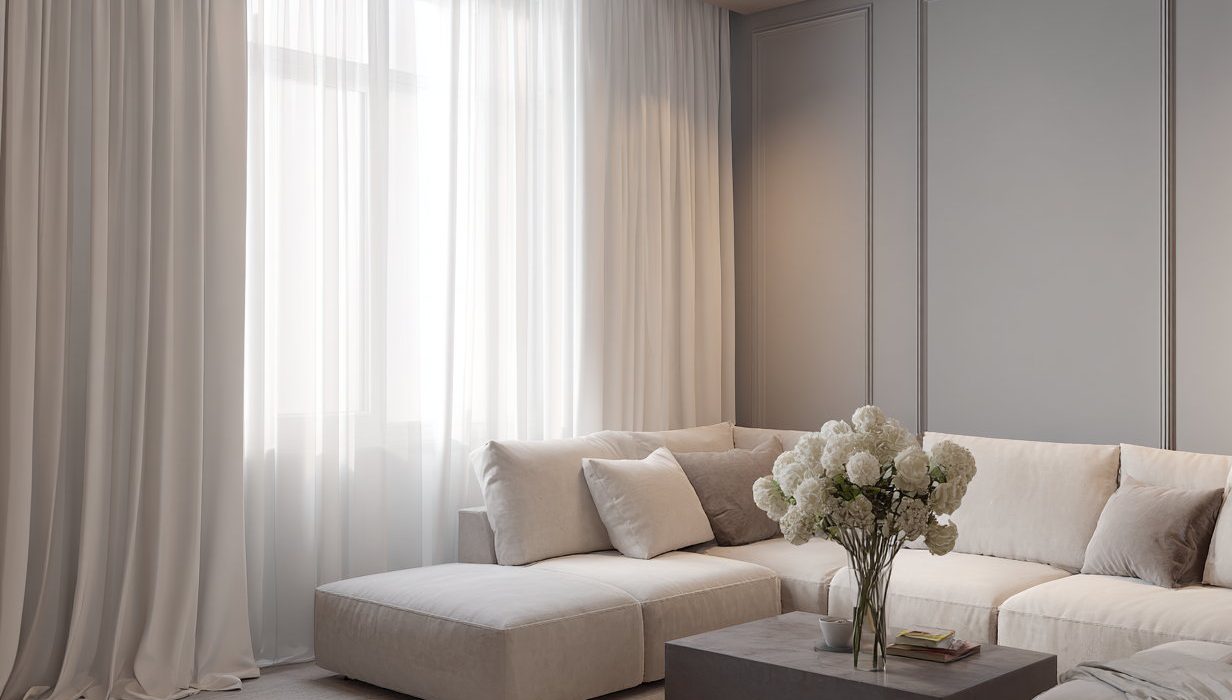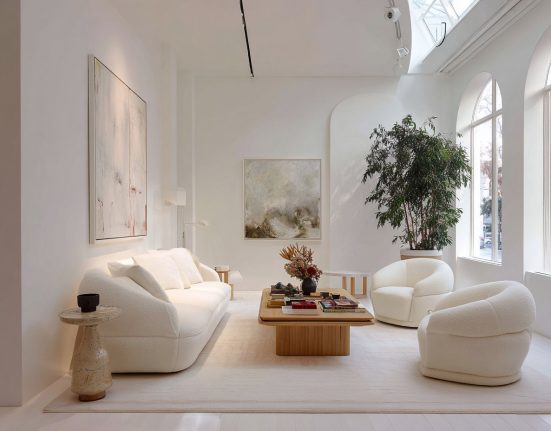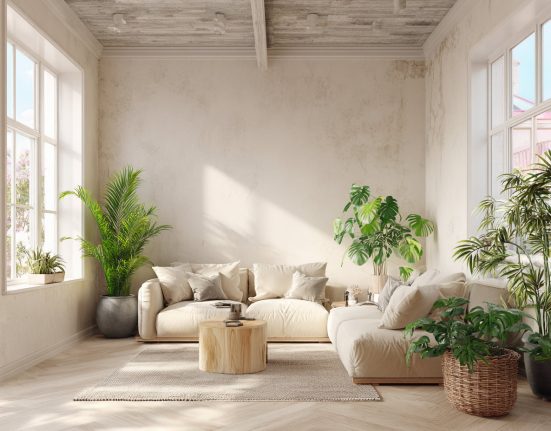Decorating rules can be helpful guidelines, but adhering too strictly to conventional wisdom can seriously cramp your style. We asked interior designers to name common decorating rules that you should feel free to break to create a more stylish and customized home.
Artwork Should Match Decor
When choosing wall art, don’t feel you have to match it to the style or color palette of your room.
“Art does not need to speak the same language as the interior design,” says interior designer Jessica Davis, founder and principal of Atelier Davis. “In fact I think it’s often best as a counterpoint.”
Contrast a traditional decor scheme with contemporary art, or infuse a sense of history into a modern space with vintage artwork, the designer suggests.
“The art should make its own statement,” says Davis. “If there is a tension between it and the interiors it makes the space more interesting, layered, and complex.”
Don’t Mix Warm and Cool Metals
The idea that you can’t mix warm metals such as gold and brass with cool silver and chrome finishes is outdated. Mixed metals have an effortless feel that elevates your decor.
“Having brass hardware in a space and a chrome table lamp or an antique bronze legged table and then a nickel sconce actually adds interest and texture to a space,” Davis says. “It makes the space feel more collected and less matchy.”
Small Spaces Should Feel Light and Airy
Don’t strive to make every small space feel light and bright, says interior designer Tavia Forbes of Forbes Masters interior design studio.
“People hear ‘small room’ and immediately reach for white paint and minimal furniture,” she says. “But intimacy can be its own kind of luxury. Sometimes it’s not about making a space look bigger—it’s about making it feel right.”
Paint Ceilings and Trim White
Think twice before reflexively painting your ceiling, trim, and baseboards bright builder-grade white.
“Literally the last color that I would paint ceilings or skirting boards would be a brilliant white,” says London-based interior designer Emilie Fournet. “It’s always too jarring, clinical and at odds with the rest of most color schemes.”
Fournet suggests painting ceilings a few shades lighter than the walls. In large rooms with high ceilings, she says darker ceilings can make a large impact. Paint both the ceiling and baseboards the same color as walls to blur the boundary between them for a dramatic color-drenched feel in a room with low ceilings, the designer suggests.
Install Recessed Lighting in Rows
Recessed lighting is often installed in a grid or in rows on the ceiling, but Fournet says this conventional approach can result in a harsh feel.
If you must put in recessed lights, she says to place them in your room corners, or in front of windows. Tilt them to wash walls with light or to highlight artwork or to light a side or coffee table from above rather than in spots where you will be sitting or standing.
“Recessed lights are very unflattering and create shadows on your face, so bear this in mind in bathrooms,” Fournet warns.
Avoid Black in a Nursery
The notion that you should decorate a nursery in light, earthy neutrals or pastel shades to create a calming environment is outdated, says interior designer Joanna Landais, founder of Eklektik Studio.
This popular approach “overlooks the potential beauty and sophistication that black can bring to a nursery,” says the London-based designer, who specializes in children’ s spaces.
“Black offers a sense of depth, grounding the space and making it feel cohesive,” Landais says. “My advice would be to color drench the entire room, but pairing some black with warm accents or pops of color can also look stunning.”
Fill Every Wall
The rule that every wall should be filled with art or decor is old-fashioned.
“Don’t pressure yourself to buy meaningless art or rush through a gallery wall for the sake of filling it,” says interior designer Lisa Gilmore. “Allow your walls to be a collection of your personality and be added to over time.”
The designer suggests building a gallery wall starting with a few pieces, and expanding outwards on the wall as life unfolds.
“Collect postcards from travels, handwritten notes from loved ones, and other objects of joy, frame them beautifully over time, and enjoy the process of creating a curated collection,” she says.







